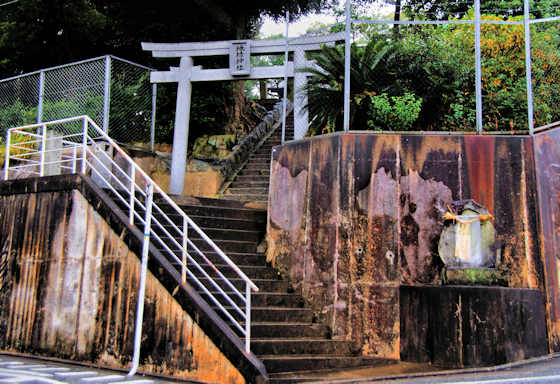The Japanese Cormorant, Phalacrocorax capillatus, known as Umui in Japanese, is also known as Temmincks Cormorant.
It can be found from Taiwan, across Korea and Japan, and as far north as Eastern Russia.
It has been domesticated by the Japanese to use in fishing. Known as Ukai, it can still be seen at many places across Japan.
The only piece of poetry I remember from my schooldays begins.... "the Common Cormorant, or Shag, lays eggs inside a paper bag. The reason you will see, no doubt, is to keep the lightning out...."









































